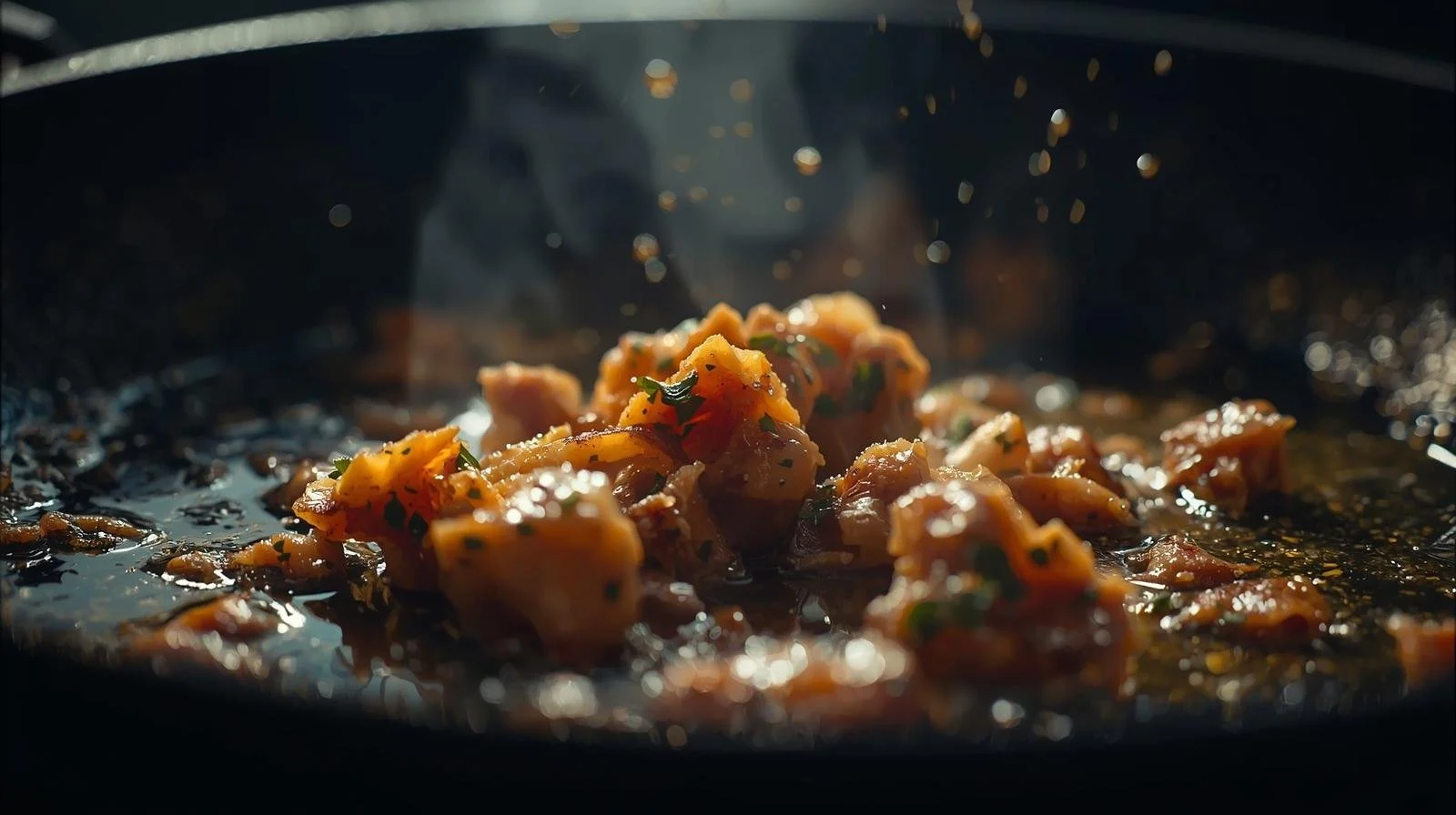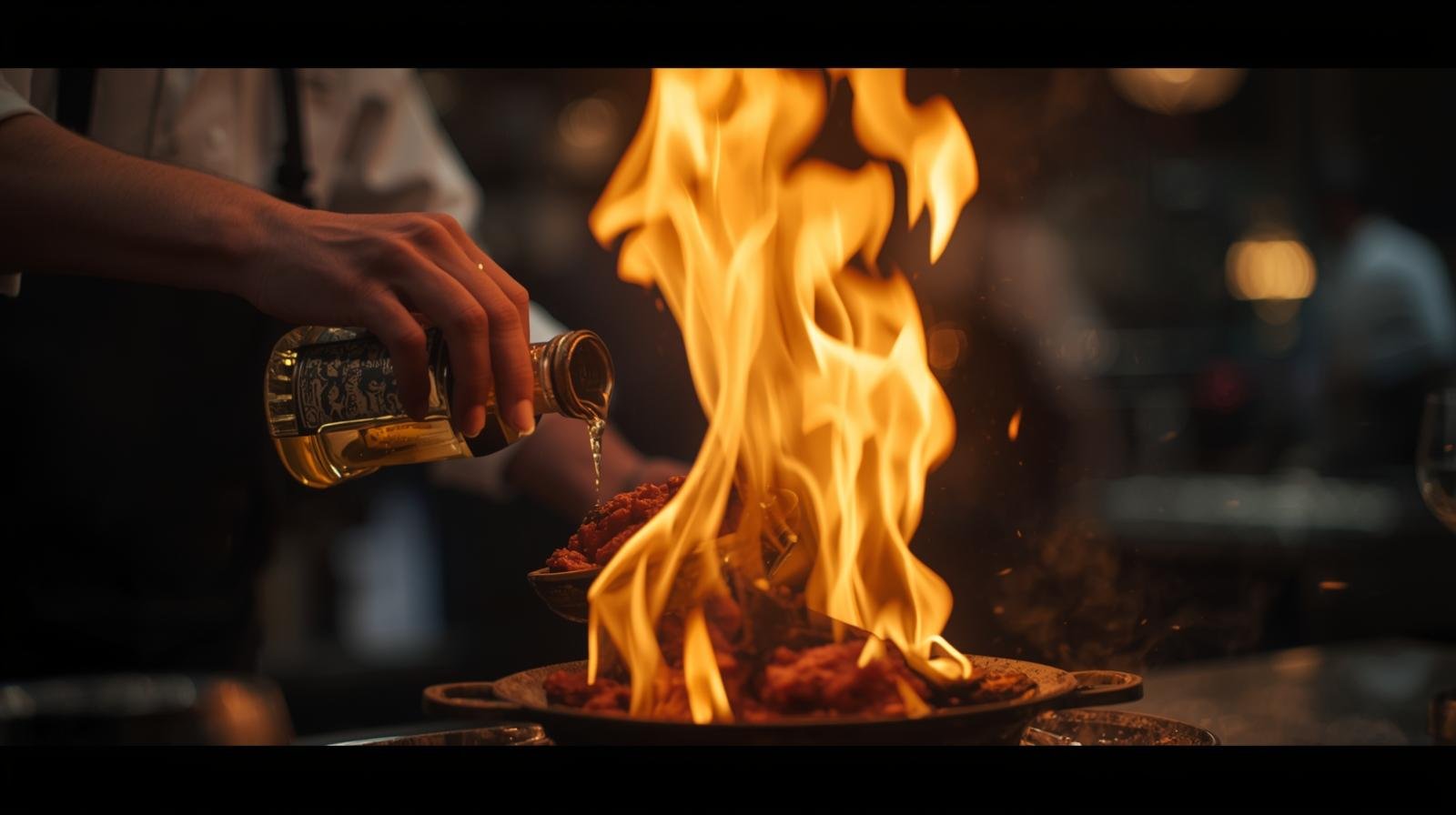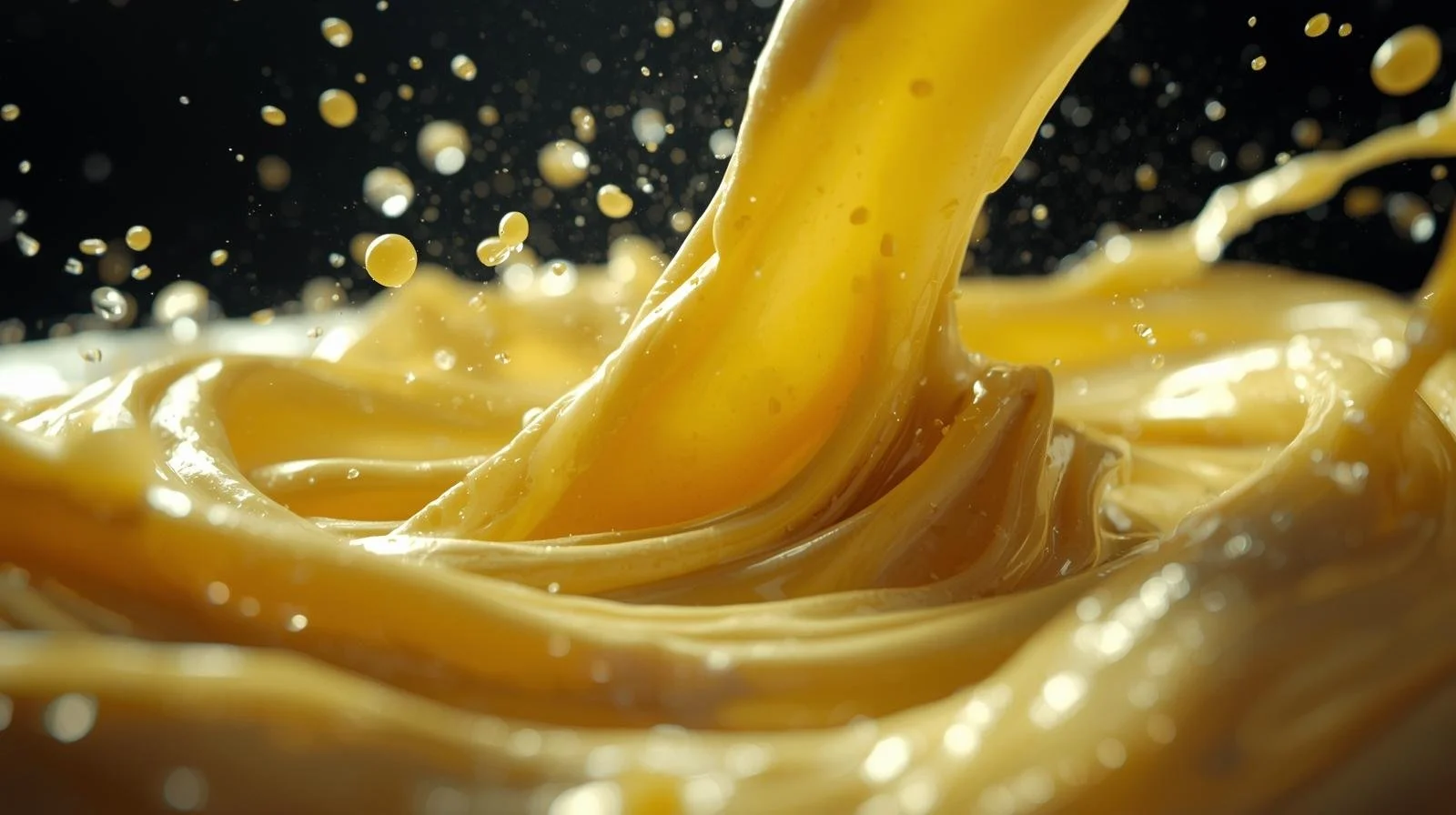🇫🇷 French Cuisine – The Art of Taste and the Refinement of Tradition
French cuisine is widely regarded as one of the most refined, influential, and culturally significant culinary traditions in the world. It is not merely a way of preparing food but a philosophy of taste — a celebration of life, pleasure, and artistry on a plate. Rooted in centuries of history, French gastronomy unites craftsmanship, creativity, and respect for nature’s finest ingredients.
From the lavish feasts of King Louis XIV’s court at Versailles to the intimate atmosphere of a small Parisian brasserie, French cuisine embodies an enduring pursuit of perfection, harmony, and aesthetic beauty. To understand French food is to understand a key part of France’s soul — a culture that values both simplicity and sophistication, tradition and innovation.
Historical Origins and Evolution
The story of French cuisine begins in the Middle Ages, when feasts were extravagant displays of power and wealth. Medieval French tables were rich in meats, pastries, and spices such as cinnamon, cloves, and saffron, imported from the Orient through trade routes established during the Crusades. Meals were less about subtlety and more about abundance and spectacle.
A turning point came in the 16th century with the arrival of Catherine de’ Medici, an Italian noblewoman who married King Henry II of France. She brought with her a retinue of Italian chefs, as well as new culinary practices: refined table manners, the use of forks, lighter sauces, and a focus on presentation. These influences revolutionized French gastronomy, marking the beginning of its journey toward refinement and structure.
In the 17th and 18th centuries, under the reigns of Louis XIV, Louis XV, and Louis XVI, gastronomy became a hallmark of aristocratic culture. Chefs such as François Vatel elevated cooking to an art form that reflected the grandeur of the French monarchy. Meals were meticulously planned, with multiple courses designed to impress both the palate and the eye.
By the 19th century, the fall of the monarchy and the rise of the bourgeoisie led to a democratization of French cuisine. The restaurant industry blossomed in Paris, allowing middle-class citizens to experience dishes once reserved for nobility. This era also saw the birth of professional culinary training and the codification of recipes — a process that shaped modern Western cooking.
The Regional Diversity of French Cuisine
France’s geographic and climatic diversity has given rise to a dazzling variety of regional cuisines, each with its own traditions, ingredients, and flavors.
Provence – Bathed in sunshine and Mediterranean breezes, Provence celebrates olive oil, tomatoes, garlic, and fresh herbs. Classic dishes like ratatouille (a vegetable stew) and bouillabaisse (a flavorful fish soup from Marseille) capture the region’s rustic charm and vibrant colors.
Brittany – Surrounded by the sea, Brittany is famed for its oysters, mussels, scallops, and other seafood delicacies. The region is also home to crêpes and galettes, thin pancakes made with wheat or buckwheat flour, often enjoyed with cider.
Burgundy – This land of vineyards and pastures is synonymous with robust flavors and fine wines. Boeuf bourguignon, beef braised slowly in red wine with mushrooms and onions, embodies the heartiness of rural French cooking.
Alsace – Blending French finesse with Germanic heartiness, Alsace offers dishes like choucroute garnie (sauerkraut with sausages and smoked meats) and tarte flambée (a thin flatbread topped with cream, onions, and bacon).
Normandy – Famous for its rich dairy products, butter, cream, and apples, Normandy gives us tarte Tatin (caramelized apple tart), creamy cheeses like Camembert, and a tradition of cider-making that pairs beautifully with local dishes.
The Loire Valley – Known as “the Garden of France,” it offers fresh vegetables, river fish, and light wines.
The Southwest (Gascony and Bordeaux) – Home to foie gras, cassoulet (a slow-cooked stew of duck, pork, and beans), and world-class red wines.
This diversity makes French cuisine not a single identity, but a tapestry of local traditions that together define a national art.
Fundamental Techniques and Culinary Philosophy
French cooking is rooted in precision, balance, and respect for the ingredient. Each preparation aims to bring out the natural flavor of food through careful technique and timing.
Some of the most important techniques include:
Sautéing – Quickly frying food over high heat in a small amount of oil or butter.
Poaching – Cooking gently in simmering liquid to preserve tenderness.
Reduction – Concentrating sauces by slow evaporation to intensify flavor.
Flambéing – Adding alcohol and igniting it for dramatic flair and aroma.
Emulsifying – Combining fat and liquid (as in mayonnaise or hollandaise sauce) to create creamy textures.
Sautéing
Poaching
Reduction
Flambéing
Emulsifying
Every dish is conceived as a harmonious composition — layers of flavor that complement rather than overpower each other. French chefs speak of le goût juste — the “perfect taste,” achieved through balance, patience, and intuition.
The Great Masters of French Gastronomy
Modern French cuisine owes much to its legendary chefs:
Auguste Escoffier (1846–1935) systematized professional cooking, creating the brigade de cuisine (kitchen hierarchy) and authoring Le Guide Culinaire, the cornerstone of classical French cooking.
Paul Bocuse (1926–2018) revolutionized gastronomy with nouvelle cuisine — lighter dishes emphasizing freshness, presentation, and the natural flavor of ingredients.
Joël Robuchon, Alain Ducasse, and Michel Bras continued this legacy, blending innovation with tradition to shape the global fine-dining scene.
Their influence extends far beyond France — nearly every major Western restaurant owes something to the French culinary canon.
Iconic Dishes and Culinary Symbols
French cuisine is filled with timeless dishes that have become global icons:
Croissant – the flaky, buttery pastry that defines the French breakfast;
Soupe à l’oignon – a caramelized onion soup topped with bread and melted cheese;
Quiche Lorraine – a savory custard tart with bacon and cream;
Coq au vin – chicken (traditionally rooster) braised in red wine with vegetables;
Crème brûlée – a silky vanilla custard topped with a crisp caramelized crust.
Each dish reflects not just technique but philosophy: a pursuit of comfort, beauty, and balance.
Wine and Cheese – The French Love Affair
Wine and cheese are inseparable from French gastronomy. France produces more than 400 types of cheese, each tied to its terroir — the soil, climate, and culture of its region. From Brie de Meaux and Camembert to Roquefort and Comté, every cheese tells a story of tradition and craftsmanship.
French wines — Bordeaux, Champagne, Burgundy, Chablis, and Côtes du Rhône — are crafted to complement meals rather than dominate them. The art of pairing wine and food is taught as an essential cultural skill, emphasizing the harmony between texture, aroma, and flavor.
French Cuisine in the Modern World
In 2010, UNESCO recognized the “Gastronomic Meal of the French” as part of the Intangible Cultural Heritage of Humanity — a tribute to its global influence and cultural depth.
Today, French cuisine continues to evolve. Contemporary chefs experiment with fusion, sustainability, and plant-based gastronomy while maintaining the values of authenticity and craftsmanship. Modern bistros and Michelin-starred restaurants alike reinterpret classic recipes for new generations, proving that tradition and innovation can coexist beautifully.
French cuisine is far more than a collection of recipes — it is a living art, a reflection of French identity, and a celebration of life’s pleasures. Whether enjoyed in a fine-dining restaurant or through a simple baguette with butter, every meal honors the values of taste, care, and conviviality.
To eat in France is to experience a culture where food connects people, inspires creativity, and reminds us that elegance often lies in simplicity. In every bite, French cuisine invites us to savor not just flavors — but moments.
French Cuisine is one of the most renowned and celebrated culinary traditions in the world, deeply rooted in history, regional diversity, and a focus on fresh ingredients. It is often associated with elegance, finesse, and a strong emphasis on techniques and presentation.













